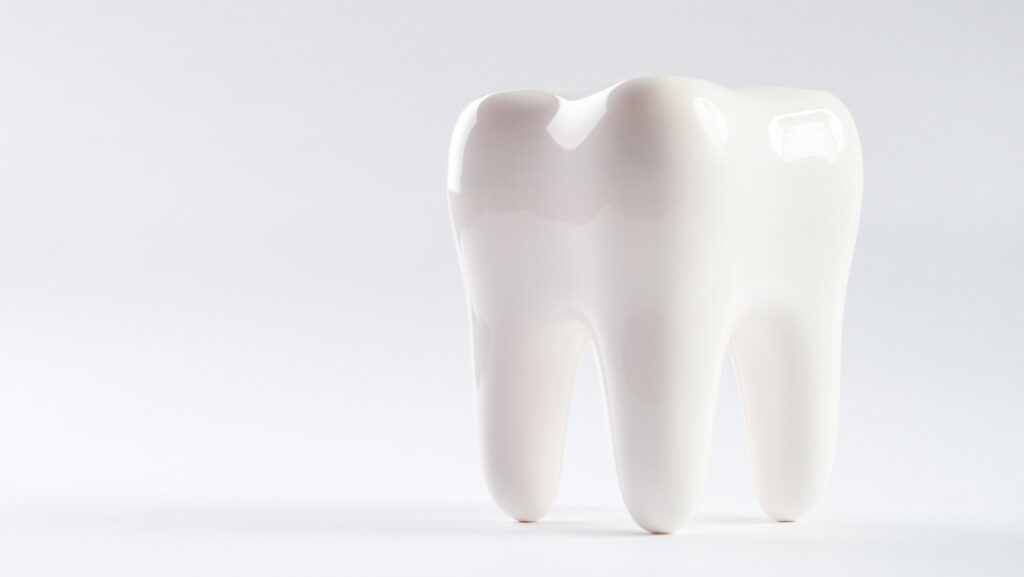The Science of Growing a Tooth from Cells
For decades, replacing a missing tooth has meant choosing between titanium implants or dentures—neither of which fully mimic the structure, feel or function of a natural tooth. Now researchers at institutions like the King’s College London Dental Institute are at the forefront of lab-grown human teeth regeneration. They are developing lab-grown teeth from human gingival cells and progenitor cells. These are paired with novel materials that simulate a natural jaw environment. The latest breakthroughs involve hydrogel scaffolds—high-water content polymers developed jointly with other institutions like Imperial College London. These scaffolds allow cells to interact, differentiate and form tooth-like structures in vitro over roughly eight days. These “tooth primordia” can then be transplanted into animal models, where they form roots, enamel and structural attachments.
Critical questions remain: how to replace the embryonic mouse cells used in early experiments with fully human-derived cells? Also, researchers must consider how to ensure integration with jawbone and ligaments. A key question is whether to implant partially formed teeth or fully grown ones. One envisioned path is developing a tooth to a specific developmental stage, implanting it into the tooth socket and allowing it to mature naturally within the body. The other is fully lab-growing the tooth and then surgically inserting it. Both options would require months of clinical trials and regulatory approval, but bench progress is accelerating.
Why Biological Teeth Would Change Dental Care Forever
Replacing a tooth with one grown from a patient’s own cells would mark a paradigm shift. Unlike implants, which involve drilling, titanium screws and a waiting-period before fitting crowns, a biological tooth would integrate deeply with bone, ligaments and nerves—offering the sensation of a real tooth. It would also provide natural regeneration capabilities and the potential to avoid inflammation or rejection. The American Dental Association outlines how current implants lack ligament attachment and natural sensory feedback. A living tooth grown from stem or gingival cells, in contrast, could respond to micro-forces, heal minor damage and even be more resilient in the long-term.
Moreover, the technology cross-pollinates with regenerative medicine. Advances in stem-cell biology, scaffolding materials, 3D printing, and tissue engineering all converge in this frontier. Researchers at institutions like Tufts University School of Dental Medicine and the University of Washington Institute for Stem Cell and Regenerative Medicine are also pushing the envelope. One team recently grew human-like pig teeth from human/pig cell hybrids. Meanwhile, another derived key human tooth-forming cells from adult wisdom teeth. These parallel efforts accelerate trajectory toward human use.
Timeline, Challenges and What It Means for Patients
While the science is promising, translating it into commercial dental treatments remains complex. Researchers note that multiple phases must be achieved: ensuring safety, verifying integration in human jaws, obtaining regulatory approval, scaling manufacturing and managing cost. Some experts forecast viable human use within a decade, potentially offering living tooth replacements. These would be for patients whose options are currently limited to implants or bridges.
For patients, the implications are vast: fewer surgeries, more natural outcomes, potentially lower long-term costs and improved quality of life. As the field advances, clinics will need to adapt: dental education must update curricula, insurance frameworks will need redefining and patients should expect new protocols. The broader field of regenerative dentistry is evolving. Stakeholders including biotech firms, dental firms and academic labs are gearing up. Some regulatory bodies are already reviewing frameworks for cell-based dental therapies.
In the near term, patients should stay informed: ask about clinics participating in regenerative-tooth trials, look for publications from leading labs, and evaluate emerging costs. In future years, missing a tooth may no longer mean a mechanical implant—it might mean regrowing a natural one.







